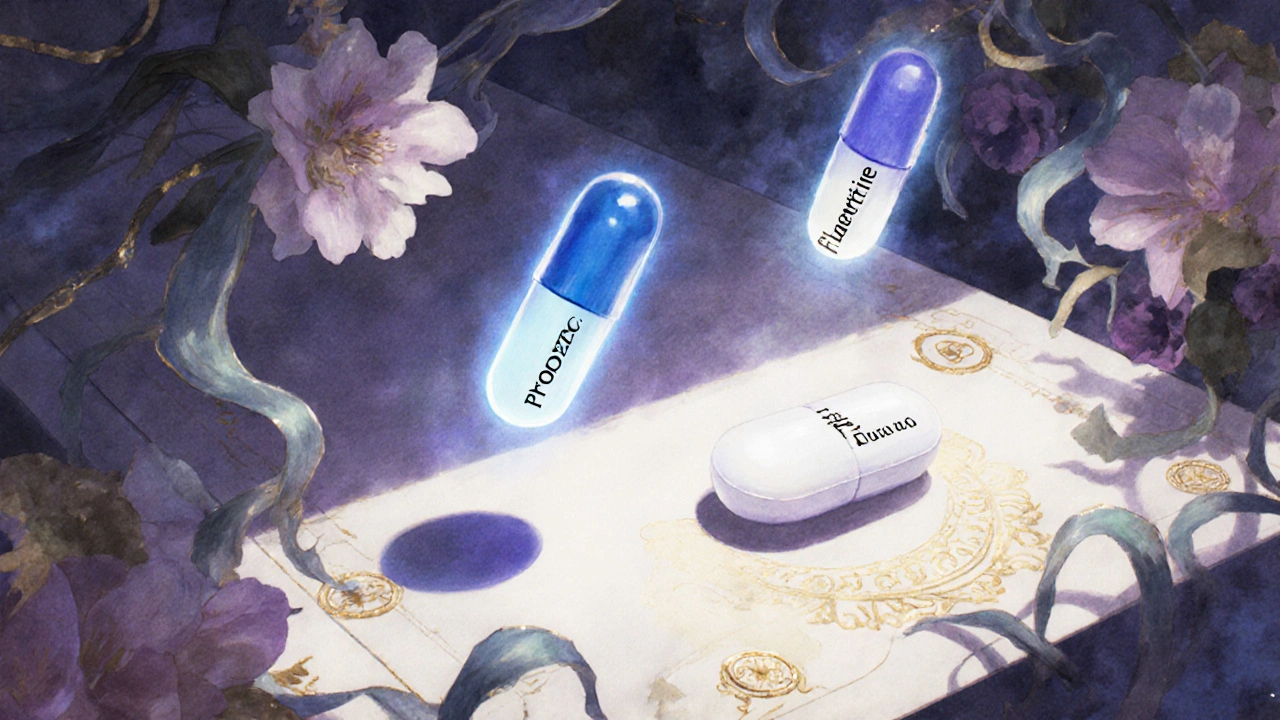Brand-Name Medicines: What They Are, Why They Cost More, and When Generics Work Just As Well
When you hear brand-name medicines, prescription drugs sold under a proprietary name by the original manufacturer, often with patent protection. Also known as innovator drugs, they're the first version of a medication to hit the market after years of research and clinical trials. These are the pills you see advertised on TV—Drugs like Lipitor, Prozac, or Viagra. But behind every brand-name drug is a generic version that does the exact same thing, often for a fraction of the price. The FDA, the U.S. agency that regulates drugs to ensure safety and effectiveness requires generics to have the same active ingredient, strength, dosage form, and route of administration as the brand. That means if your doctor prescribes a brand-name medicine, the pharmacy can legally substitute a generic unless your doctor specifically says no.
So why do brand-name medicines cost so much more? It’s not because they work better—it’s because the company that invented them spent millions developing the drug, ran clinical trials, and paid for marketing. Once the patent expires, other companies can make the same drug without those upfront costs. That’s where generic drugs, medications that are chemically identical to brand-name versions but sold under their chemical name come in. They’re not cheaper because they’re lower quality—they’re cheaper because they don’t need to recoup billions in R&D. In fact, the Hatch-Waxman Act, a 1984 law that created the modern system for approving generic drugs in the U.S. was designed to balance innovation with affordability. It let brand companies keep some patent protection while letting generics enter the market faster. The result? Billions saved for patients and the healthcare system.
But here’s the catch: not every brand-name drug has a generic, and not every generic works the same for everyone. Some people report feeling different on a generic, even when the FDA says they’re identical. That’s often because of inactive ingredients—fillers, dyes, or coatings—that can affect how fast the drug dissolves. For most people, that doesn’t matter. But for drugs with a narrow therapeutic window—like blood thinners, thyroid meds, or seizure drugs—those tiny differences can add up. That’s why some doctors still recommend sticking with the brand. And then there are authorized generics, the exact same drug as the brand, made by the brand company and sold under a generic label. These are the real equalizers—they’re identical in every way, down to the pill shape and color.
What you’ll find in the posts below isn’t just a list of drug names. It’s a practical guide to understanding when brand-name medicines matter, when generics are just as good, and how to save money without risking your health. You’ll see real comparisons between drugs like Fildena and Viagra, Glyset and its alternatives, and how Medicaid cuts costs for low-income patients using generics. You’ll learn why some people switch from brand to generic without issues, while others need to stay on the original. And you’ll get the truth behind the marketing: that most of the time, the cheaper option isn’t just affordable—it’s just as effective.

